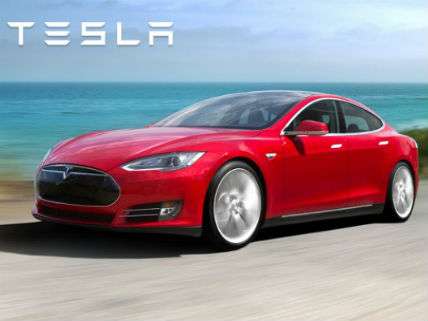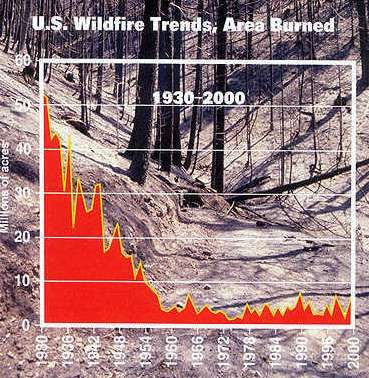Obama Falls 600,000 Electric Cars Short, Science Advances by Funerals, and Record Wildfires?
A scitech research and policy round up for January 7, 2016

Obama Electric Car Subsidy Fail
Back in 2009, I called President Obama's pledge to subsidize 1 million plug-in electric hybrid cars by 2015 a "chimera." Washington Post columnist Charles Lane today has a terrific op-ed in which he details his bet with a colleague that there would not be anywhere near that many PHEVs on the road by 2015. Tellingly, the bet was not taken. Lane reports despite a federal subsidy of $7,500 per car that, "automakers have sold 407,136 electrics (EVs) since they hit the market in 2010." Lane takes this delightful potshot at Tesla:
Surely chief executive Elon Musk's high-tech product, priced north of $100,000, will pave the way to all-electric nirvana, even if gas prices are, for now, heading down and interest rates are heading up.
That's certainly the impression one would get from the press on Musk and his company, the most fawning media treatment of any public figure since Pravda covered Stalin.
As it happens, 90 percent of federal subsidies for all-electric cars went to folks whose annual incomes are above $100,000 per year. Lane concludes that it is unlikely that even by 2018 that there will be 1 million PHEVs - 0.3 percent of the U.S. vehicle fleet - on America's highways.

Record Wildfires?
"2015 Wildfire Season Shatters National Record With 10 Million Acres Burned," declares an EcoWatch headline. That's roughly the size of Massachusetts and Connecticut combined. That's surely bad, but is it the record? Not according to the U.S. Forest Service which reports that "wildfires scorched 40-50 million acres a year in the 1930s." In September, 2015, my colleagues over at the Reason Foundation extensively analyzed the problem and made some good policy proposals about what should be done to handle wildfires on government land.
One Funeral at at Time
"A new scientific truth does not triumph by convincing its opponents and making them see the light, but rather because its opponents eventually die, and a new generation grows up that is familiar with it," claimed physicist Max Planck. His observation has often been paraphrased as "Truth never triumphs - its opponents just die out. Science advances one funeral at a time."
A new National Bureau of Economic Research study by MIT economist Pierre Azoulay and his colleagues ask, "Does Science Advance One Funeral at a Time?" Their short answer: Yes.
They look at the effect that 452 prominent life scientists had on publications in their specific fields while they still lived. They report that researchers who are not collaborators with the superstar who died do in fact start publishing more in the field after his or her death. From the abstract:
Overall, these results suggest that outsiders are reluctant to challenge leadership within a field when the star is alive and that a number of barriers may constrain entry even after she is gone. Intellectual, social, and resource barriers all impede entry, with outsiders only entering subfields that offer a less hostile landscape for the support and acceptance of "foreign" ideas.
It is interesting to note that the median age of all National Institutes of Health grant recipients is 52. However, more people over 65 are funded with research grants than those under age 35.


Show Comments (74)